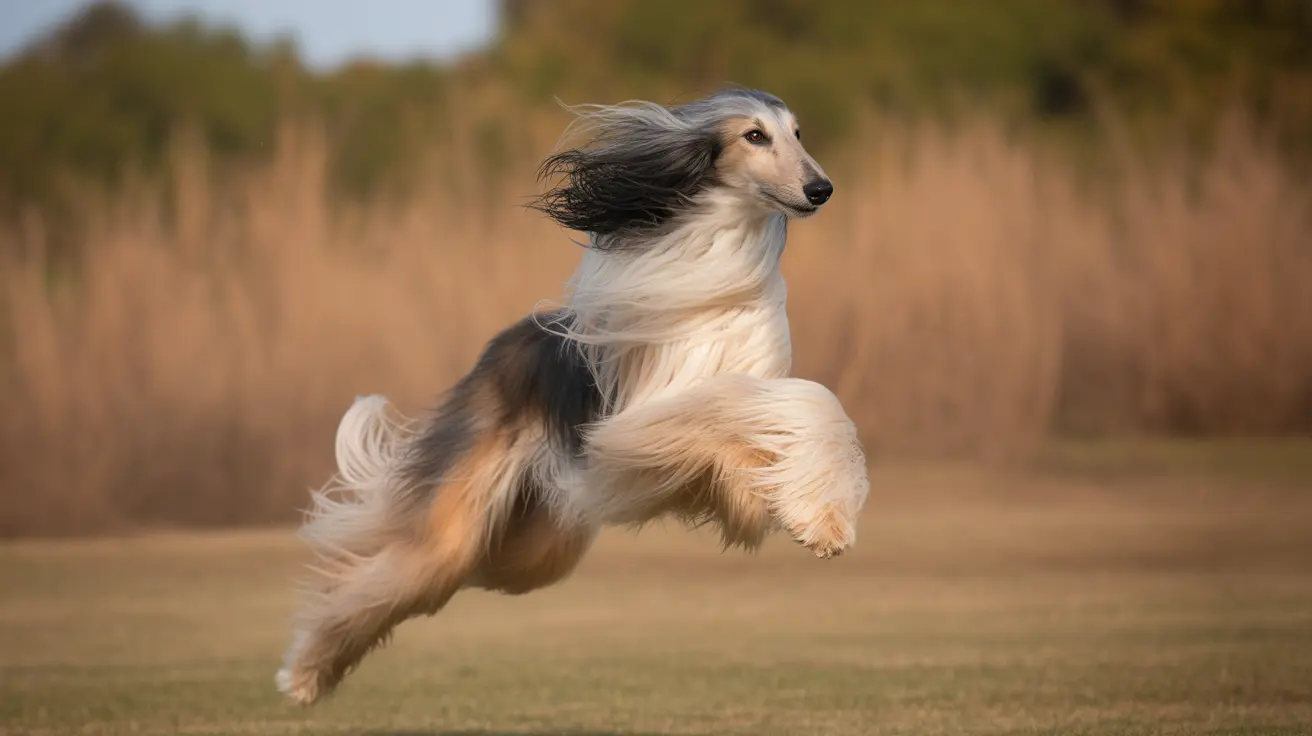How to Safely Strap a Dog in the Car: Complete Guide for Pet Owners
Traveling with your dog is often necessary, whether it's a short trip to the park or a long journey. However, failing to properly restrain your pet can lead to serious danger. In a crash, an unrestrained dog becomes a projectile, threatening both its safety and the safety of everyone in the vehicle. Here's how to prevent that risk and ensure safe travel.Why Restraining Your Dog in the Car Is Essential
- Prevents serious injury or death in the event of a crash
- Keeps the dog from distracting the driver
- Reduces the risk of the dog escaping through open doors or windows
- Avoids violations of traffic laws in areas requiring pet restraints
Types of Dog Restraints for Cars
1. Crash-Tested HarnessesHarnesses that have undergone dynamic crash testing and meet certification from independent organizations are ideal. Examples include:
- Sleepypod Clickit Sport: Uses Infinity Loop webbing and has been certified by the Center for Pet Safety
- Kurgo Impact Harness: Built with 4,000-lb webbing and steel buckles, it integrates with seat belts
- EzyDog Drive Harness: Tested in Australian safety labs and designed for dogs weighing 15 to 65 pounds
Suitable for small breeds and cats, these must be crash-tested and securely fastened using car seatbelts. Notable models include:
- Diggs Travel Pet Carrier: Retains structure during impact, compact and portable
- Sleepypod Mobile Pet Bed: Converts into a cozy bed and has undergone safety testing
Best for larger dogs, especially when placed in the rear compartments of SUVs or trucks. Safety-rated models include:
- Gunner G1 Kennel: Built for strength, crash-tested, and attachable to vehicle anchor points
- Cabela's GunDog Intermediate Kennel: Heavy-duty construction and crash-tested design
What Makes a Restraint Safe?
Crash certifications from organizations like the Center for Pet Safety (CPS) are essential. Certified products have passed dynamic crash tests at 30 mph and must demonstrate the integrity of:- Connection points (buckles and straps)
- Material strength and durability
- Proper design to minimize excursion (movement during crash)
- Fit around the dog’s body to distribute forces safely
Installation Best Practices
- Follow manufacturer instructions and sizing charts strictly
- Conduct a trial fitting at home before your first drive
- Use car seatbelts through designated harness loops—avoid extension tethers
- For crates and carriers, secure them using OEM tie-down points
Product Recommendations
- Best for Versatility: Sleepypod Clickit Terrain (for dogs 18–110 lbs)
- Best for Long Trips: Ruffwear Load Up Harness (comfortable but less restrictive)
- Best Crash Protection: Kurgo Impact Harness
- Best Carrier: Sleepypod Mobile Pet Bed (for pets under 18 lbs)
- Best Crate: Gunner G1 Kennel (top-tier protection for large dogs)
Things to Avoid
- Booster seats or basic pet seatbelt clips with no crash testing
- Harnesses that use extra tethers not directly integrated with seatbelt systems
- Products lacking third-party safety certification
Common Limitations
Even the best restraints may not fully protect pets in high-speed or severe crashes. Most testing occurs at 30 mph. Also, very large breeds may exceed the design specs of many harnesses or crates.Final Tips for Safe Dog Travel
- Let your dog get used to the gear before a long drive
- Never leave dogs in locked, hot cars—even for a moment
- Check that the gear is properly fastened every trip
- Use safety products with visible crash test results or certifications





